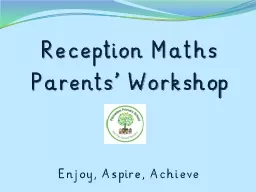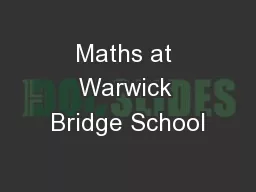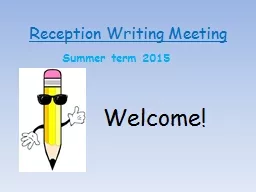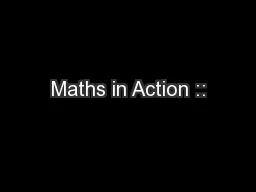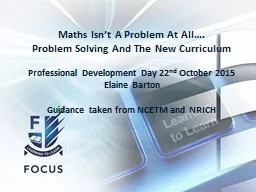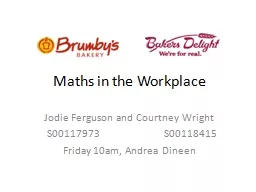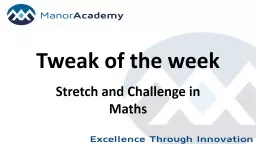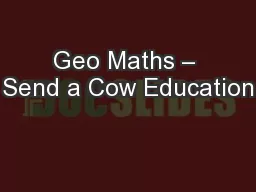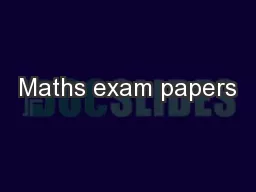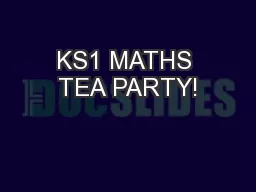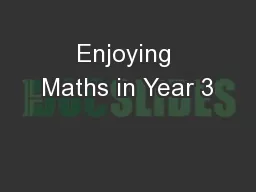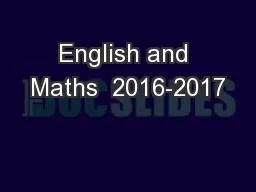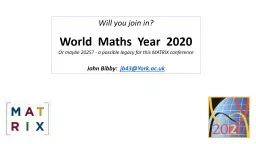PPT-Reception Maths
Author : lindy-dunigan | Published Date : 2017-12-14
Parents Workshop Enjoy Aspire Achieve To help you to understand how mathematics fits into the Early Years Foundation Stage Curriculum Explain what maths teaching
Presentation Embed Code
Download Presentation
Download Presentation The PPT/PDF document "Reception Maths" is the property of its rightful owner. Permission is granted to download and print the materials on this website for personal, non-commercial use only, and to display it on your personal computer provided you do not modify the materials and that you retain all copyright notices contained in the materials. By downloading content from our website, you accept the terms of this agreement.
Reception Maths: Transcript
Download Rules Of Document
"Reception Maths"The content belongs to its owner. You may download and print it for personal use, without modification, and keep all copyright notices. By downloading, you agree to these terms.
Related Documents

